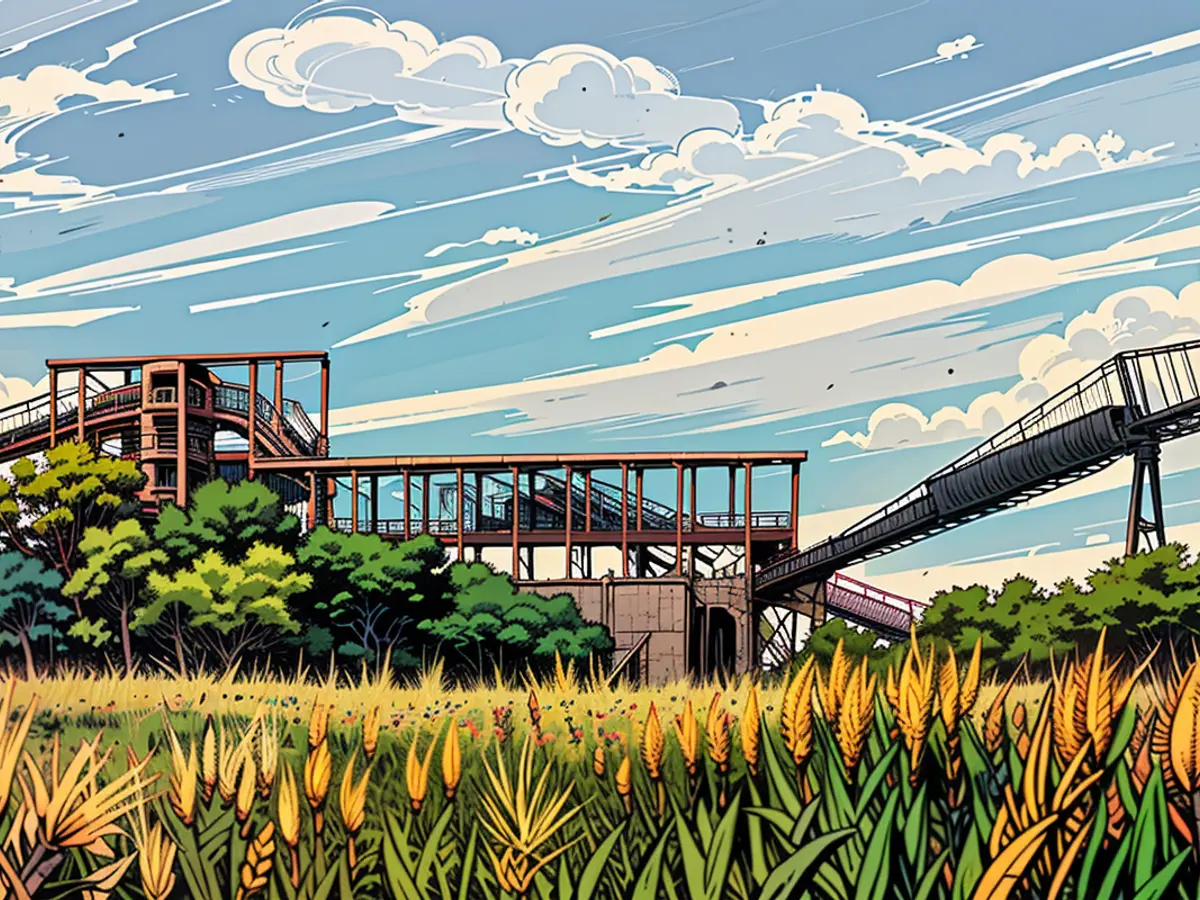- Fewer sand and gravel mines in Hesse
The number of gravel and sand pits in Hesse has decreased in recent years. In 2006, there were still 99 active mining sites across the state, according to the Hessian Agency for Nature Conservation, Environmental Protection and Geology (HLNUG). Currently, there are 87. Gravel pits with groundwater exposure are increasingly being placed under nature protection or filled in and replanted. The most important mining areas are located in southern Hesse - in pits or along rivers.
Many of Hesse's bathing lakes are a result of former sand and gravel mining. It is rare for mining and bathing to take place simultaneously: According to HLNUG, this only occurs at the Strandbad Nieder-Roden (Offenbach district), Waldsee Raunheim (Groß-Gerau district), and Riedsee (Bergstraße district). The active wet mining at Langener Waldsee is separated from the bathing lake by a dam. Due to the permit to mine more gravel here and clear land for it, there are frequent protests.
The decrease in gravel and sand pits might impact the availability of raw material for various industries. Despite the decrease, many bathing lakes in Hesse are formed from former gravel mining sites.








